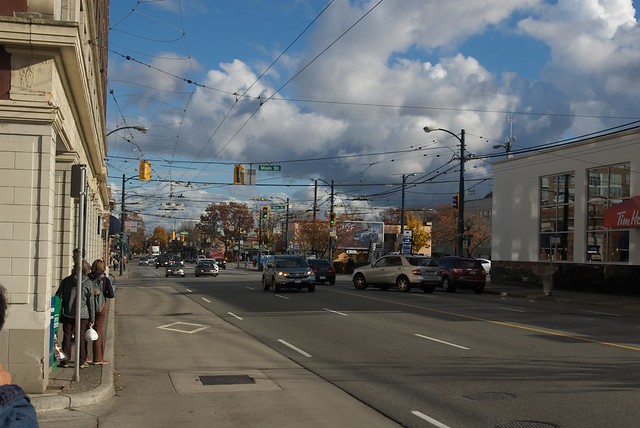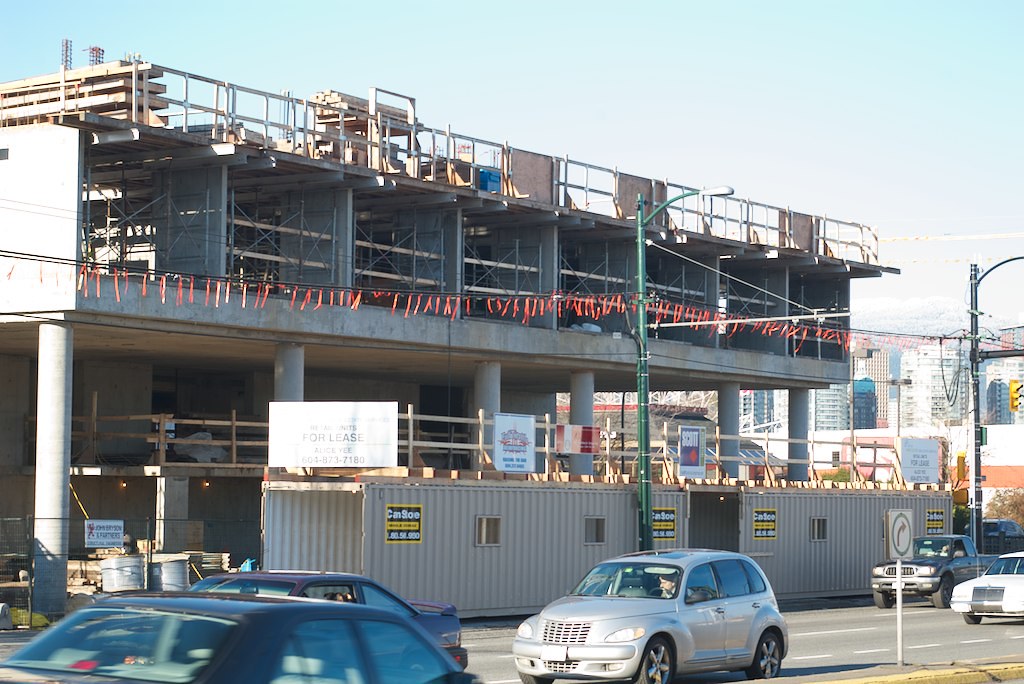A house fire on Pandora Street took three lives last Thursday. The event instigated the right-wing NPA to call for an inquiry. However, to ensure tragedies like this do no happen in the future, it is necessary to abandon anti-tenant rhetoric in favour of a more proactive approach that empowers tenants.
No one wants to live in poor housing conditions like those of the Pandora Street house. But in the absence of safe and affordable housing options, renters must choose between inadequate housing and homelessness. And in the absence of strong tenant protection by-laws, fear of eviction condemns tenants to an intolerable status quo.
Several media outlets have drawn attention to the requests for an independent inquiry. Some argue the lives would have been saved had the City shut down the home on account of the illegal living situation. But this would have led to eviction of the nine people living inside, and there were many opportunities for the City to take more proactive action to assist the tenants. Further, it is difficult to ignore that many of the proponents of this ‘eviction solution’ are inspired by intolerance rather than compassion for the tenants themselves (e.g. see the comments at the bottom of this Sun article.)




